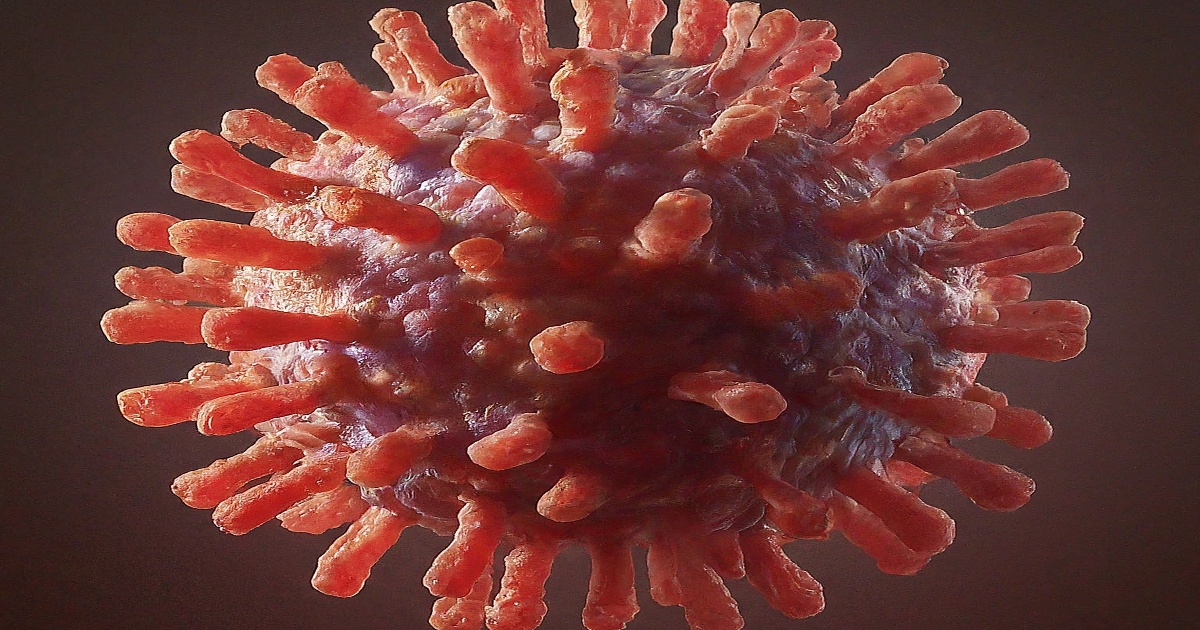The human metapneumovirus, abbreviated as HMPV, is currently on the rise in China, prompting discussions regarding the nature of the virus and its potential impact on the U.S. population. Chinese health authorities have not definitively linked the increase in hospitalizations to HMPV, suggesting that the rise could instead be attributed to influenza A. Despite growing concerns about a new pandemic stemming from a lack of awareness about HMPV in the U.S., health experts have stated that there is no cause for panic.
According to Dr. Carla Garcia Carreno from Children's Medical Center Plano, the virus is well-established and unlike novel pathogens such as COVID-19. HMPV has been circulating for a significant amount of time, leading to some immunity among the population. The virus can lead to respiratory illnesses that affect individuals across all age groups, particularly young children, the elderly, and those with compromised immune systems.
Symptoms associated with HMPV can escalate to bronchitis or pneumonia, comparable to those of other respiratory infections, as noted by the Centers for Disease Control and Prevention (CDC). Although first identified in 2001, it is believed that HMPV has been around for much longer. In the U.S., it tends to circulate from winter through spring and can coincide with other respiratory viruses such as RSV and influenza.
Despite the outbreak in China, experts believe that HMPV does not represent a major public health threat, as it accounts for less than 2% of positive respiratory virus cases reported by the CDC, a number significantly overshadowed by flu and COVID-19 statistics. Data indicates that only about 10% to 12% of respiratory illnesses in children can be traced back to HMPV, with most instances being mild.
HMPV spreads through direct contact with infected individuals or contaminated surfaces. Unlike flu and RSV, there is currently no vaccine available for HMPV, leading experts to emphasize the importance of traditional preventive measures. Health professionals recommend frequent hand washing, minimizing contact with sick individuals, and practicing good hygiene etiquette, such as wearing masks when necessary.







7 Comments
Marishka
Let's focus on basic hygiene and protecting the vulnerable." 🧼
Pupsik
It's good to be aware of HMPV, but there's no need to panic." 🙏
Marishka
We will overcome this challenge together." 💪
Pupsik
I'm so tired of living in fear of the next pandemic." 😩
Marishka
China needs to get a handle on this before it spreads further." 😠
Michelangelo
We're all in this together. Let's be responsible and help each other out." 🤝
Leonardo
This virus is just another way for the government to control us." 😠